Table of Contents
- Morning Poll: Allowing more and longer flights at National Airport ...
- Page, Reagan National Airport | Architectural Lighting Magazine
- Ronald Reagan Washington National Airport (DCA) • Flyers Chat
- Safety Staffing | Ronald Reagan Washington National Airport ...
- Reagan National project could bring more parking, better roads and new ...
- रोनाल्ड रीगन वाशिंगटन राष्ट्रीय हवाई अड्डा | वाशिंगटन डीसी
- Reagan Washington National Airport Map, Virginia
- How Excited Should We Be About Reagan National Airport’s Upcoming New ...
- Reagan National Airport Runways To Undergo Improvements
- रोनाल्ड रीगन वाशिंगटन राष्ट्रीय हवाई अड्डा | वाशिंगटन डीसी
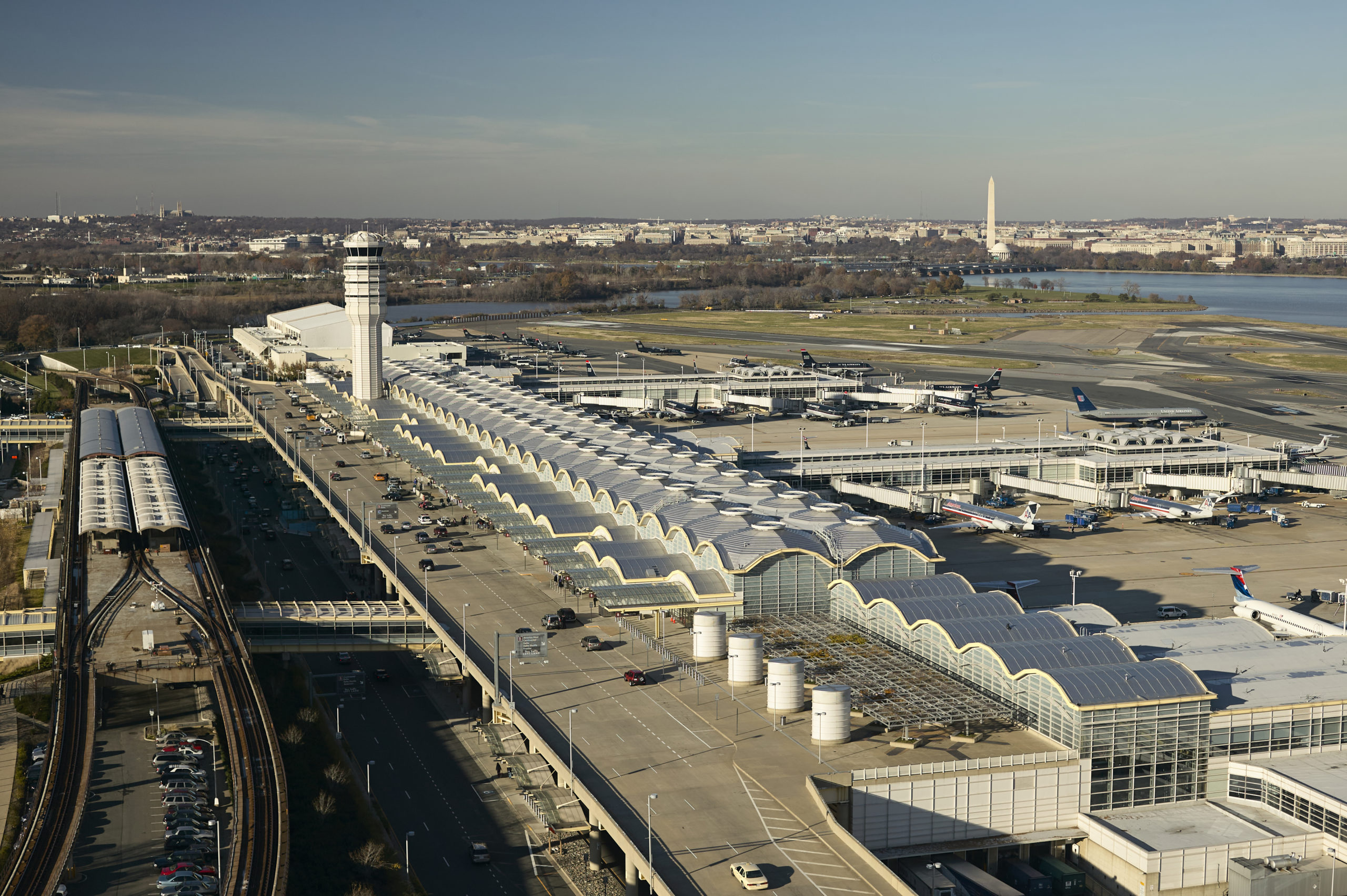
On a recent day, a startling incident occurred at Washington's Reagan National Airport, where two planes bumped wings while on the ground. The incident, which happened during a typically busy morning at the airport, raised concerns about air traffic safety and the procedures in place to prevent such occurrences. In this article, we will delve into the details of the incident, explore the possible causes, and discuss the measures being taken to ensure the safety of passengers and crew members.
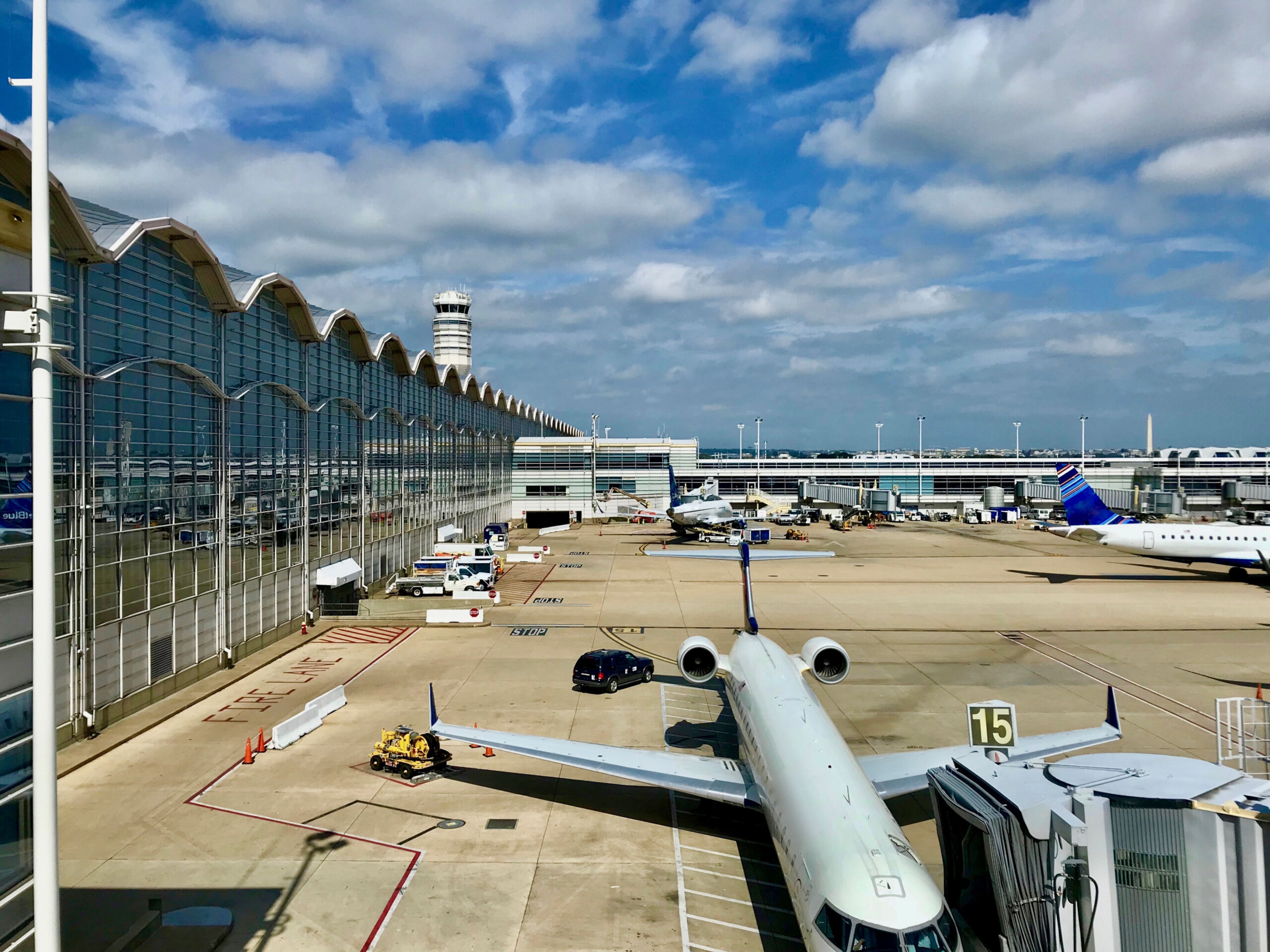
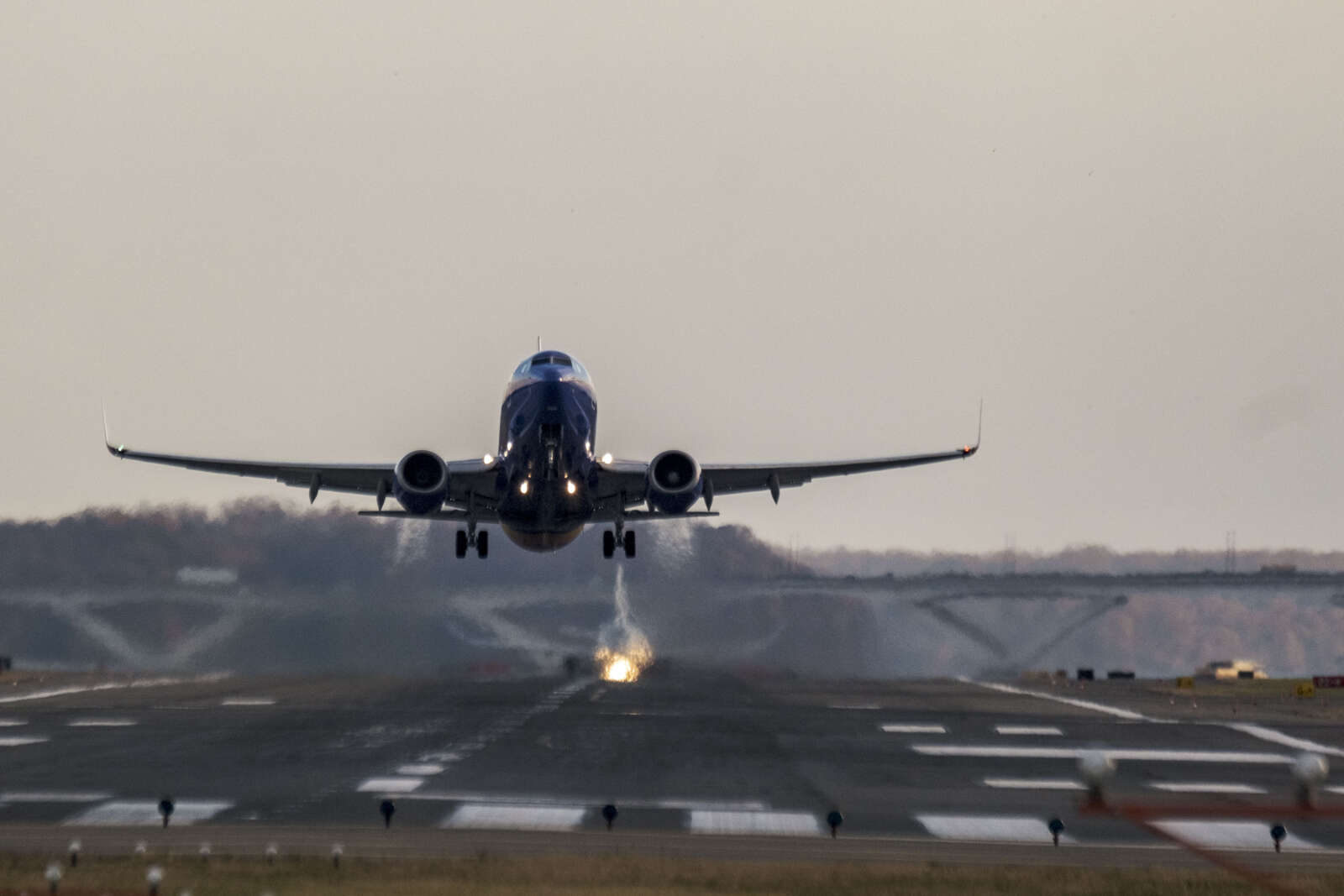
The Incident Unfolds
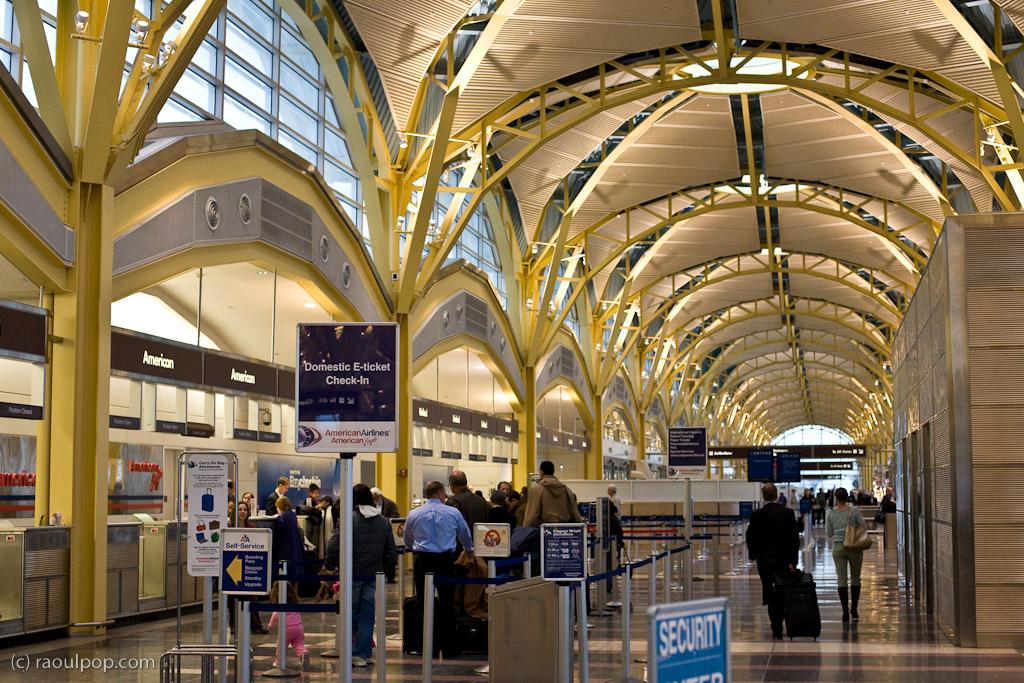
According to eyewitnesses and airport officials, the incident involved two commercial planes that were preparing for departure from Reagan National Airport. As one plane, a Boeing 737, was taxiing to its gate, its wingtip made contact with the wing of another plane, an Airbus A320, which was stationary at a nearby gate. The impact was reported to be minor, with no significant damage sustained by either aircraft.
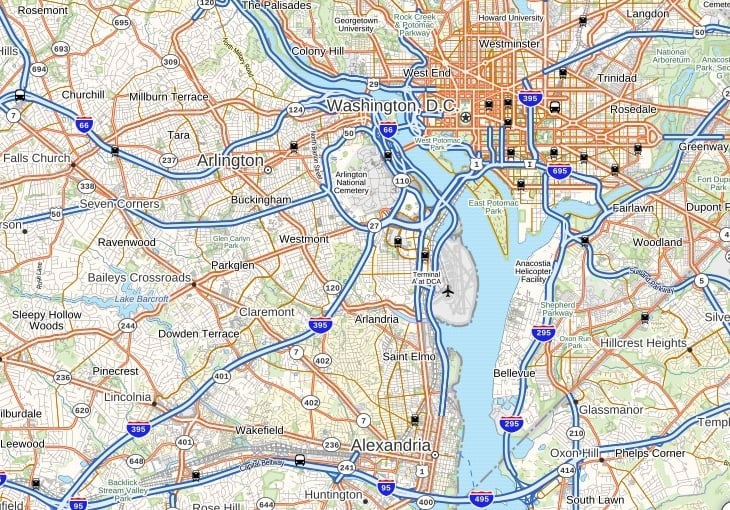
Fortunately, no passengers or crew members were injured during the incident, and both planes were able to continue with their scheduled flights after a thorough inspection. However, the incident highlighted the importance of maintaining safe distances between aircraft on the ground and the need for vigilant air traffic control.
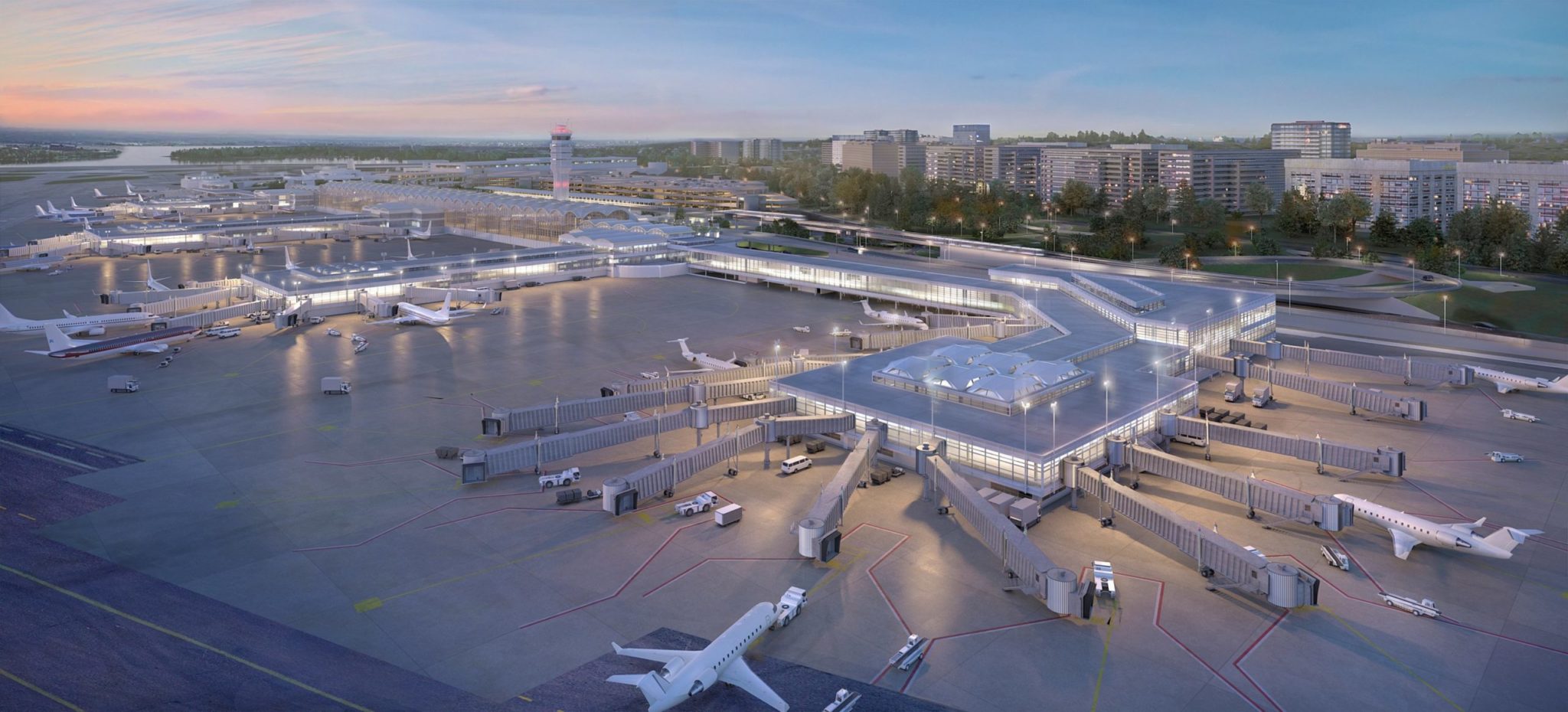

Possible Causes and Safety Concerns

The incident at Reagan National Airport has raised questions about the possible causes of the wing clip. Airport officials and investigators are looking into the matter, but preliminary reports suggest that a combination of factors may have contributed to the incident. These include:

- Human error: The possibility of human error, either on the part of the pilots or air traffic controllers, cannot be ruled out. A momentary lapse in attention or a miscommunication could have led to the incident.
- Air traffic control procedures: The incident may have been caused by inadequate air traffic control procedures or a lack of clear communication between controllers and pilots.
- Aircraft positioning: The positioning of the aircraft on the taxiway and at the gate may have contributed to the incident, particularly if the planes were too close to each other.
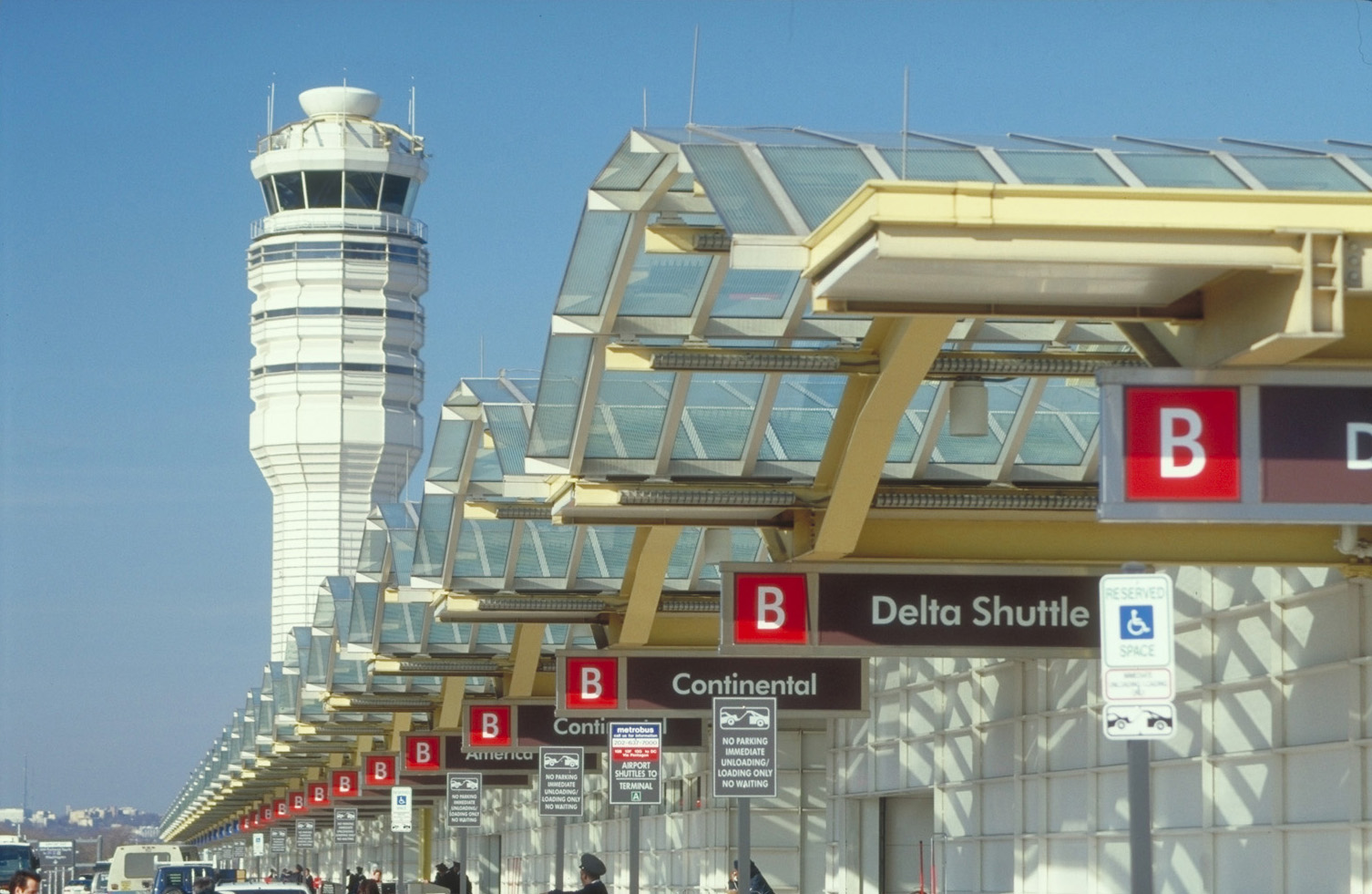
Measures to Ensure Safety
In response to the incident, airport officials and the Federal Aviation Administration (FAA) have launched an investigation to determine the cause and prevent similar incidents in the future. Some of the measures being taken include:
- Enhanced air traffic control procedures: The FAA is reviewing and updating air traffic control procedures to ensure that planes are kept at a safe distance from each other on the ground.
- Pilot training: Airlines are providing additional training to pilots on safe taxiing and aircraft positioning procedures.
- Airport infrastructure improvements: The airport is investing in infrastructure improvements, including the installation of new taxiway lighting and signage, to enhance safety and reduce the risk of incidents.
In conclusion, the incident at Reagan National Airport serves as a reminder of the importance of maintaining safety in aviation. While the incident was minor, it highlights the need for continued vigilance and improvement in air traffic control procedures, pilot training, and airport infrastructure. By taking proactive measures to prevent such incidents, we can ensure the safety of passengers and crew members, and maintain the highest standards of aviation safety.
For more information on airport safety and incidents, please visit the National Transportation Safety Board (NTSB) website.